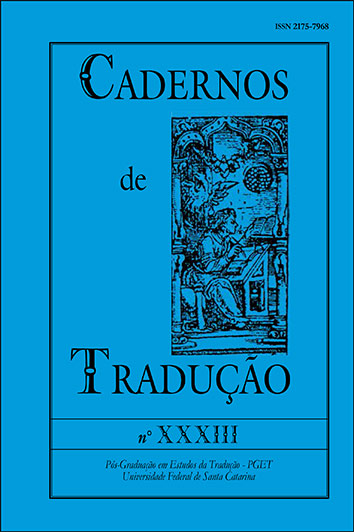Identifying and translating Seneca features in Shakespeare’s plays
DOI:
https://doi.org/10.5007/2175-7968.2014v1n33p97Abstract
Seneca, the philosopher (ca.4 BC-65 AD) wrote eight Latin tragedies which are usually taken as having had a significant influence on Elizabethan and the Jacobean drama. Without resorting to the usual method of locating quotes or textual equivalences, this paper aims at recognizing some of Seneca’s elocutionary features in Shakespeare’s plays by identifying ancient devices of Rhetoric and their correspondences in specific scenes from Richard III, Hamlet and The Tempest. Any translations of these dramas from the Latin or the English into Portuguese should reflect the ability and the intent of both authors in handling such rhetorical expedients.
Downloads
Published
How to Cite
Issue
Section
License
Copyright Notice
Authors hold the copyright and grant the journal the right for their articles' first publication, being their works simultaneously licensed under the Creative Commons Attribution License (CC BY), which allows the sharing of such works with its authorship acknowledged and its initial publication in this journal.
Authors are allowed to enter into separate additional contractual arrangements for the non-exclusive distribution of the journal's published version of the work (e.g., post it to an institutional repository or as a book chapter, with an acknowledgment of its initial publication in this journal).






















































